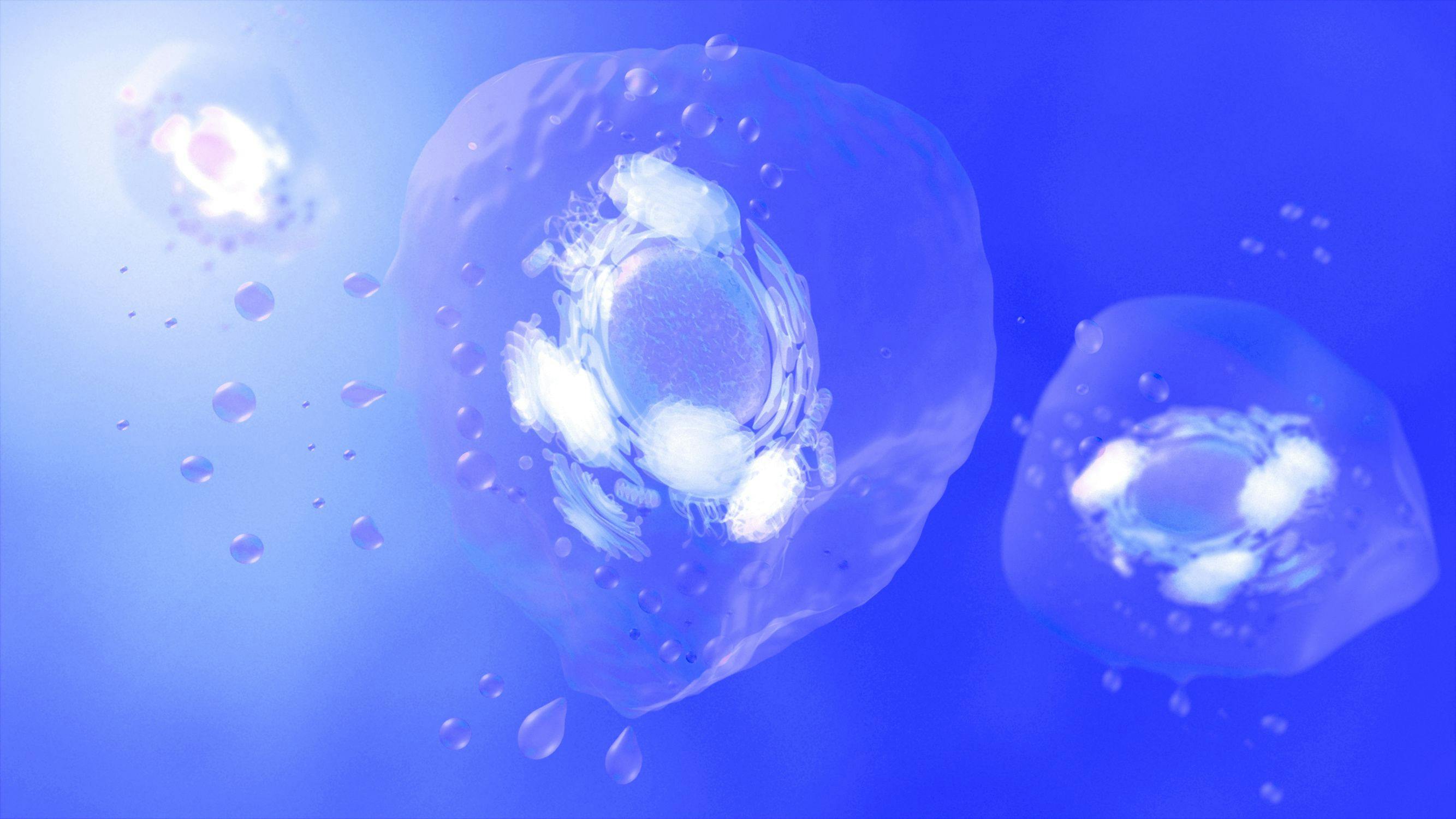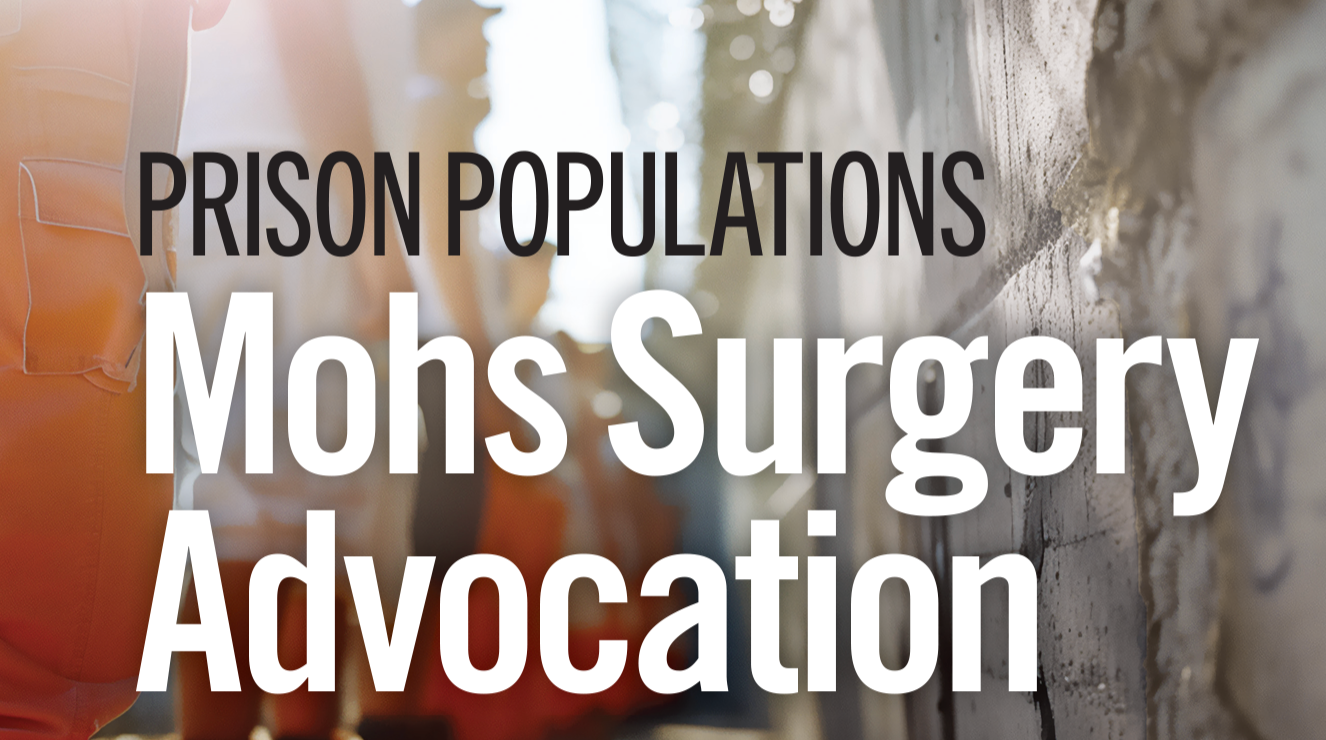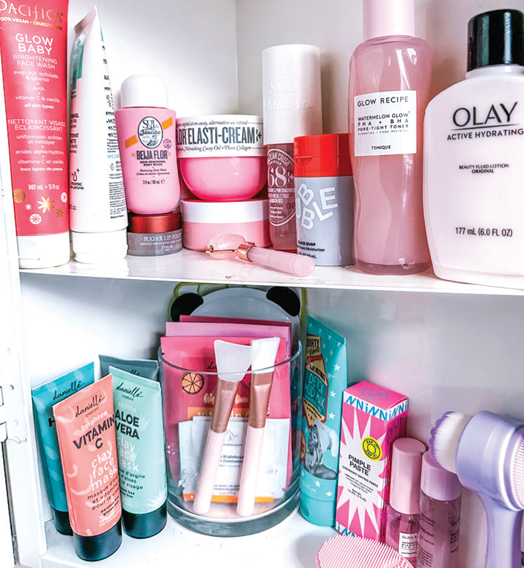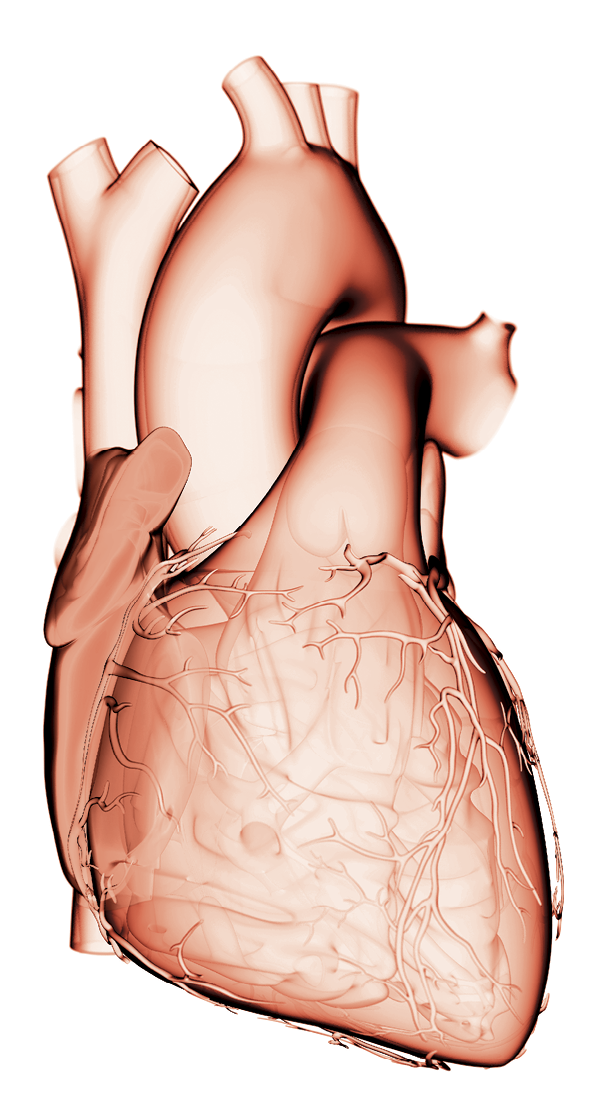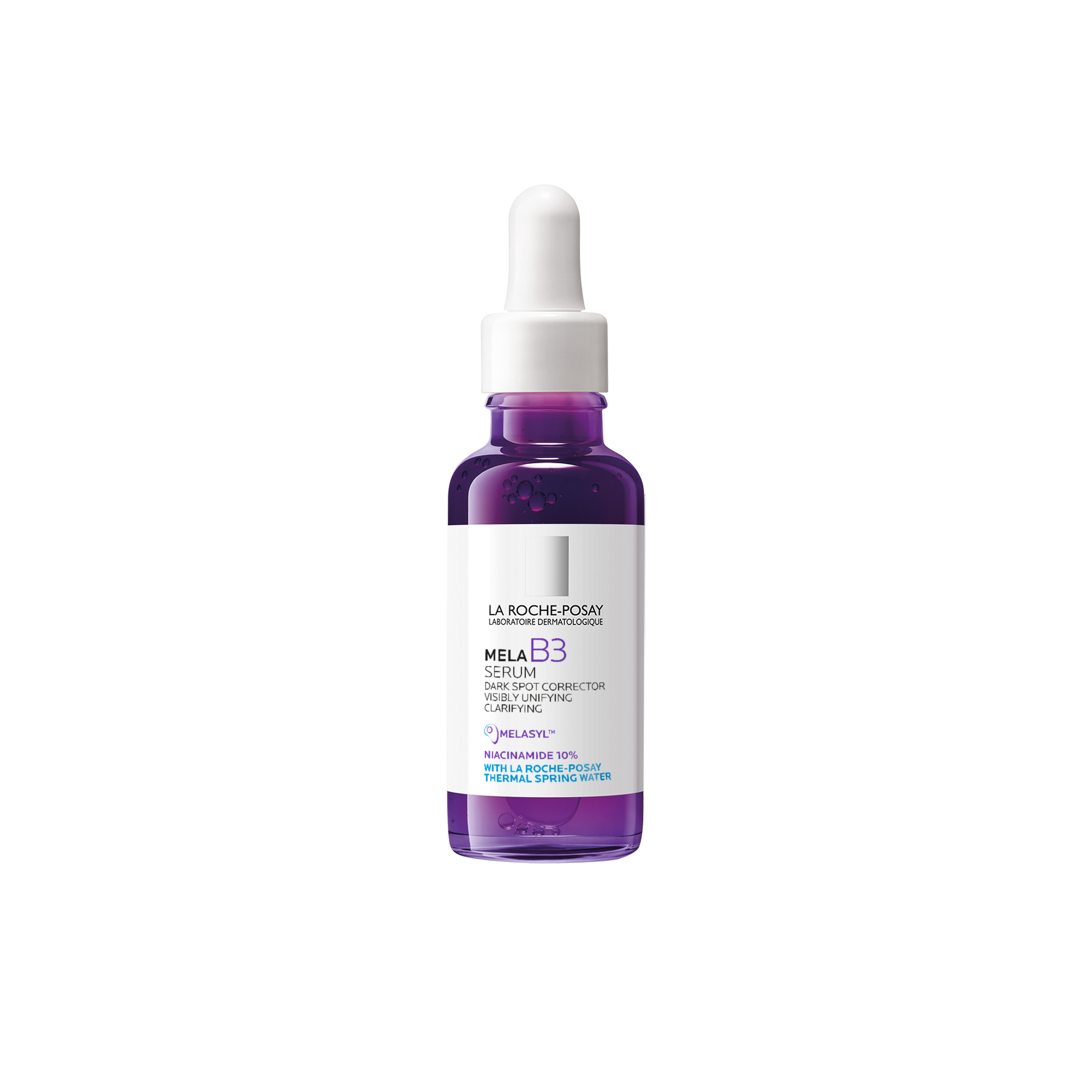- Acne
- Actinic Keratosis
- Aesthetics
- Alopecia
- Atopic Dermatitis
- Buy-and-Bill
- COVID-19
- Case-Based Roundtable
- Chronic Hand Eczema
- Chronic Spontaneous Urticaria
- Drug Watch
- Eczema
- General Dermatology
- Hidradenitis Suppurativa
- Melasma
- NP and PA
- Pediatric Dermatology
- Pigmentary Disorders
- Practice Management
- Precision Medicine and Biologics
- Prurigo Nodularis
- Psoriasis
- Psoriatic Arthritis
- Rare Disease
- Rosacea
- Skin Cancer
- Vitiligo
- Wound Care
News
Article
Dermatology Times
AAD Releases Updated Guidelines for the Management of Acne Vulgaris
The guidelines update the American Academy of Dermatology’s 2016 recommendations for acne management in adults, adolescents, and children aged 9 and older.
frank29052515/AdobeStock

New guidelines for the management of patients with acne vulgaris were recently published in the Journal of the American Academy of Dermatology (JAAD). The guidelines update and replace the 2016 guidelines of care for acne management in adults, adolescents, and children aged 9 and older.1
The American Academy of Dermatology (AAD)’s Acne Guideline Workgroup examined evidence “based on a systematic review of the literature on acne grading and classification, laboratory testing, and treatment using topical therapies, systemic antibiotics, hormonal agents, oral isotretinoin, physical modalities, complementary and alternative medicine, and dietary and environmental interventions,” the group wrote.
The resulting guidelines focus on acne treatments that are available, approved by the US Food and Drug Administration (FDA), and commonly used in the US. Acneiform eruptions and medication-induced acne are not addressed.
The workgroup, which included 9 board-certified dermatologists (including 1 methodologist and 1 measure representative and medical writer), 3 board-certified pediatric dermatologists, 1 staff liaison, and 1 patient representative, developed 18 evidence-based recommendations and 5 good practice statements.
The group reserved strong recommendations for those treatments with benefits that clearly outweigh risks and burden. Conditional recommendations were made in the case of treatments with benefits closely balanced with risks and burden. A conditional recommendation implies the group believes most people would want the recommended course of action.
Strong recommendations are made for topical benzoyl peroxide, retinoids, and/or antibiotics and their fixed-dose combinations, and for oral doxycycline.
Oral isotretinoin is strongly recommended for severe acne, acne causing psychosocial burden or scarring, or acne failing standard treatment with oral or topical therapy.
The group made conditional recommendations for the use of topical clascoterone, salicylic acid, azelaic acid, oral minocycline, sarecycline, combined oral contraceptives, and spironolactone.
Good clinical practice recommendations include:
- Using topical therapies combining multiple mechanisms of action
- Limiting systemic antibiotic use
- Combining systemic antibiotics with benzoyl peroxide and other topical therapies
- Utilizing adjuvant intralesional corticosteroid injections
Available evidence was insufficient to develop recommendations for procedures such as chemical peels, laser and light-based devices, microneedling, dietary changes, or alternative therapies such as vitamins or plant-based products, the AAD reported. The workgroup also made a conditional recommendation against adding broadband light to adapalene 0.3% gel.
“These guidelines provide important updates to the 2016 AAD acne guidelines, including discussion of new topical medications, which are directly applied to the skin, and systemic treatments, which are taken by mouth,” said John S. Barbieri, MD, MBA, FAAD, co-chair of the AAD’s Acne Guideline Workgroup, in a press release.2
“This update provides evidence-based recommendations for dermatologists and other clinicians caring for patients with acne.”
While AAD’s updated guidelines address important acne treatment recommendations, there is disagreement among dermatologists about the updated conditional agreements. Christopher Bunick, MD, PhD, and Naiem Issa, MD, PhD, submitted a response to the Journal of the American Academy of Dermatology (unpublished data, February 2024) to call out the conditional recommendations for topical clascoterone cream 1% and topical sarecycline due to the “perceived issue of cost and access.”
Clascoterone cream is a first-in-class topical anti-androgen for the treatment of acne. According to Bunick and Issa, clascoterone addresses the unmet needs of the lack of anti-androgens for use in males and the need for topical alternatives to systemic hormonal therapies. “The approval of clascoterone is a milestone and should be considered as a strongly recommended first-line agent without contraindication for use in combination with topical retinoids and antibiotics,” wrote Bunick and Issa.
Sarecycline is the only oral narrow-spectrum antibiotic for acne currently approved by the FDA.
“The authors have never once had a patient refuse to pay for sarecycline when properly explained what one is paying for: equivalent efficacy coupled with the least risk among oral acne antibiotics for antibiotic resistance, GI upset, vestibular disturbances, and vulvovaginal candidiasis (women’s health deserved better in these guidelines),” wrote Bunick and Issa.
“For both medications, cost was cited as the reason for a conditional recommendation, while we believe they should absolutely be strongly recommended as they address unmet needs in acne management. We also believe that cost, especially wholesale acquisition cost, should not be a factor in making unbiased therapeutic recommendations,” concluded Bunick and Issa.
References
- Reynolds RV, Yeung H, Cheng CE, et al. Guidelines of care for the management of acne vulgaris. J Am Acad Dermatol. January 30, 2024.DOI:https://doi.org/10.1016/j.jaad.2023.12.017

Newsletter
Like what you’re reading? Subscribe to Dermatology Times for weekly updates on therapies, innovations, and real-world practice tips.





